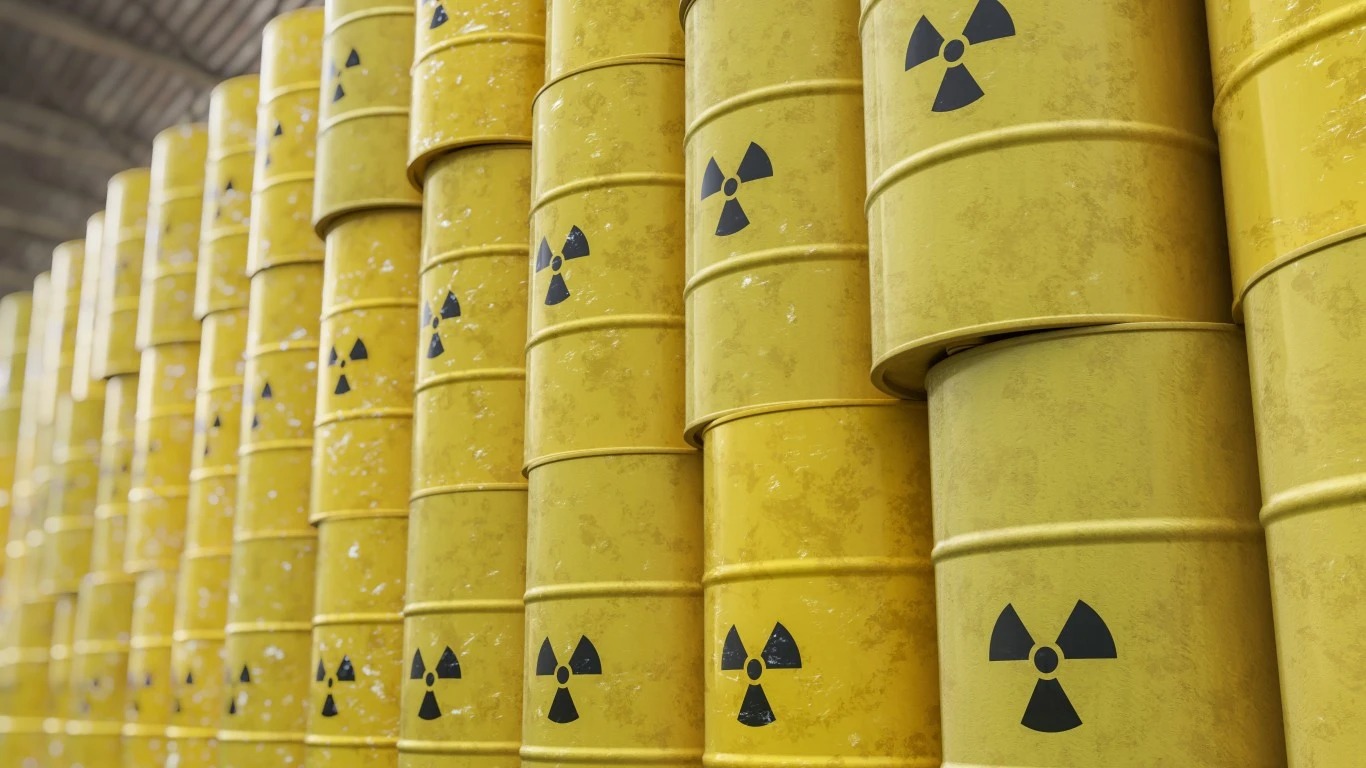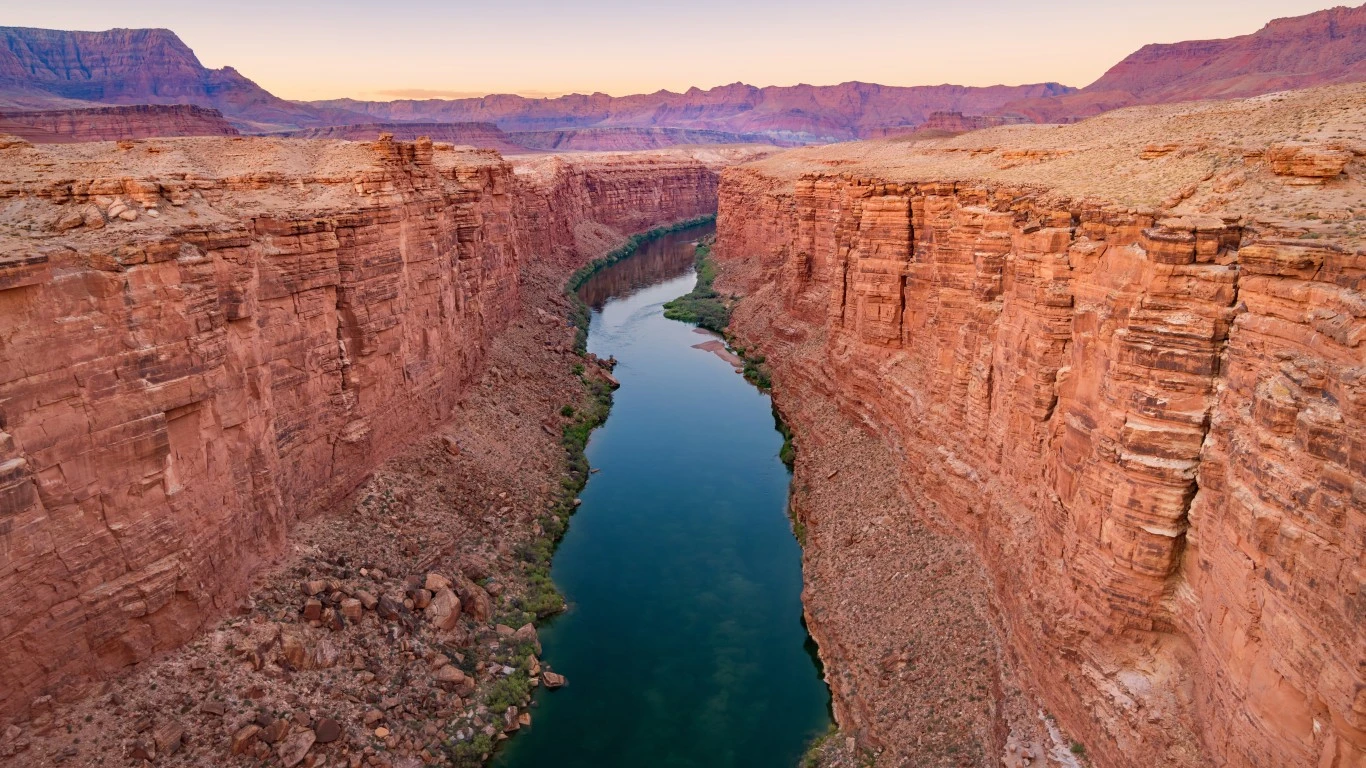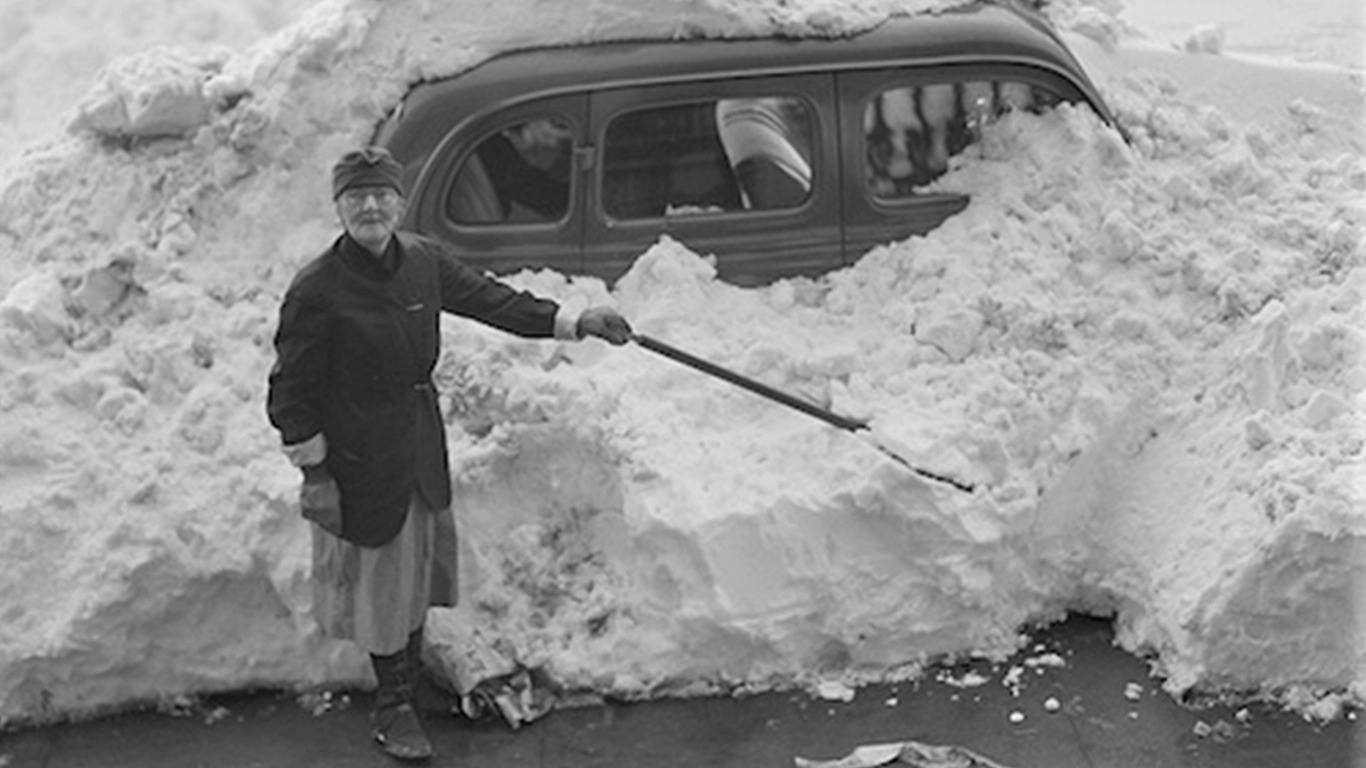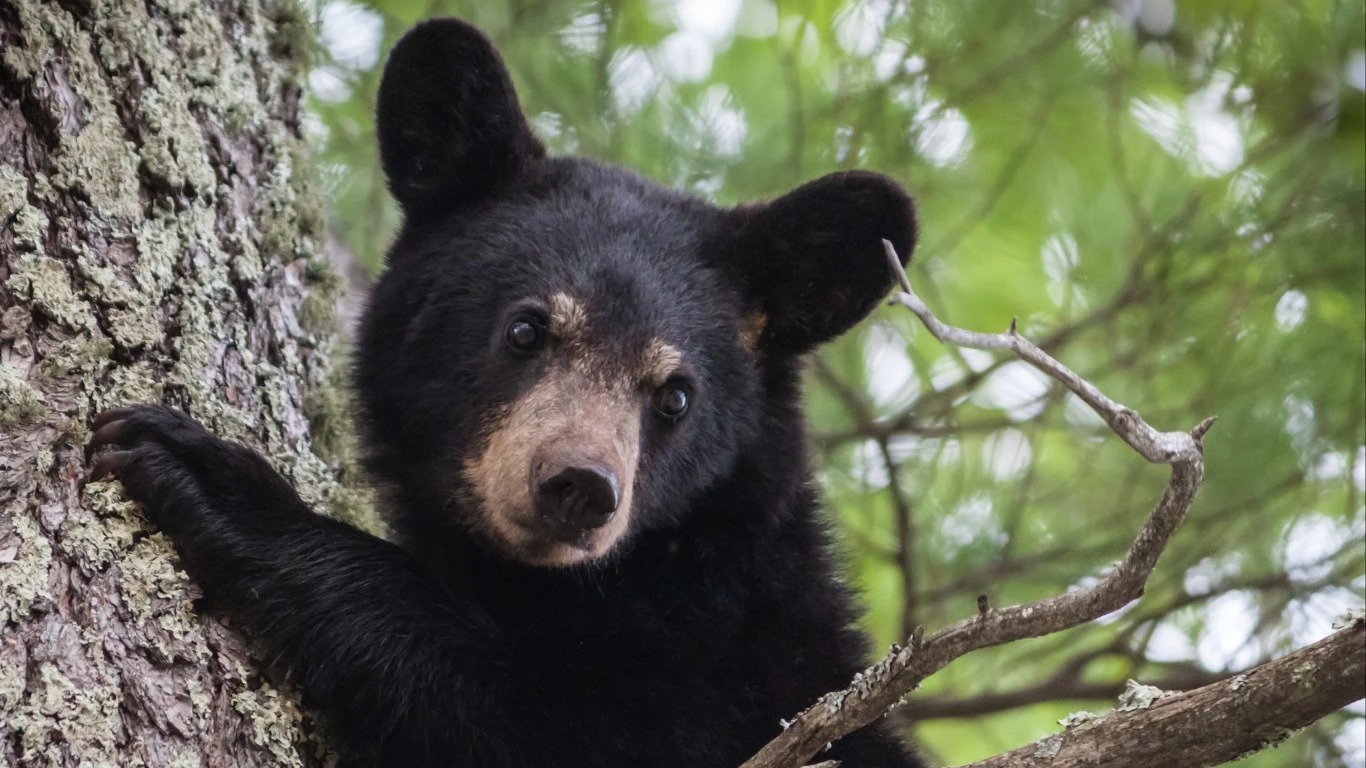(John Maxwell Hamilton, a former foreign correspondent who has covered the environment, is the Hopkins P. Breazeale Professor of Journalism at Louisiana State University, and a Global Fellow in the Woodrow Wilson International Center for Scholars. He is the author of seven books on foreign affairs.)
WASHINGTON, D.C. (Callaway Climate Insights) — Reviewing books for David Callaway’s Callaway Climate Insights over the past two years has been a reminder of Socrates’s wise aphorism, “The unexamined life is not worth living.”
The books I have reviewed have been about where we are right now with regard to climate change and where we are going. But they have also prompted me to reflect on how things have changed from my childhood 70-odd years ago and from my early years as a journalist.
Today virtually every conversation is a climate change conversation. On any given day you can hear President Joe Biden reaffirm that climate change is “the number one issue facing humanity” or that “A good climate policy is good economic policy.” Even if one calls climate change a hoax, as former president Donald Trump has done, they are talking about the issue. It can’t be avoided.
As reported in Callaway Climate Insights in the past several days, the U.S. Security and Exchange Commission is proposing new rules on mandatory climate reporting for public companies. Advertisers are telling news media they want to showcase their wares around solutions-based climate reporting. Some 60% of Americans, according to a recent Pew Research Center survey, believe global climate change will imperil them personally. A surprising three-quarters of those surveyed say they are willing to make changes in their lifestyles to mitigate global warming.
This pessimistic talk was unheard of in my youth in a Chicago suburb. We did not think of an overheated planet becoming inhospitable to life.
Science classes in grade school were full of joy. We were taught to appreciate the miracles of photosynthesis and the diversity of plants and animals that populate the planet. When we thought about the loss of species, it was as a positive.
Charles Darwin’s The Origin of Species taught us that, as his 1859 book’s full title makes clear. It’s called On the Origin of Species by Means of Natural Selection, or the Preservation of Favoured Races in the Struggle for Life.
Sure, we lose some species, but we get improved ones too. It is a natural rhythm. Here is what Darwin wrote at the end of the book. The passage is worth quoting at length:
“It is interesting to contemplate an entangled bank, clothed with many plants of many kinds, with birds singing on the bushes, with various insects flitting about, and with worms crawling through the damp earth, and to reflect that these elaborately constructed forms, so different from each other, and dependent on each other in so complex a manner, have all been produced by laws acting around us … There is grandeur in this view of life, with its several powers, having been originally breathed into a few forms or into one; and that, whilst this planet has gone cycling on according to the fixed law of gravity, from so simple a beginning endless forms most beautiful and most wonderful have been, and are being, evolved.”
In 1962, when I was in high school, Rachel Carson’s Silent Spring appeared. The book challenged the bright narrative that Darwin had offered. It described “contamination of air, earth, rivers, and sea with dangerous and even lethal materials.” Birds, insects, and fish were dying. The book was what we term a clarion call to change our ways, but even so it was hopeful about “all these new, imaginative, and creative approaches to the problem of sharing our earth with other creatures.”
As a journalist I covered the environment from time to time. Research for a book on growing global interdependence, Entangling Alliances, took me to Costa Rica, a biodiverse cornucopia. It had more plant varieties than could be found in all of the United States east of the Mississippi River. Like many developing countries the tiny nation was losing species of flora and fauna at an alarming rate due to overdevelopment of fragile tropical soils.
There was a positive side to the story — we Americans always want a positive story if we can find one — and that was Costa Rica was finding ways to celebrate its biodiversity and turn it into an asset. One of its strategies was to develop ecotourism. The country had the enormous advantage of being relatively advanced and adept at working with foreign interests that could provide financial assistance. The country was considered, after all, the Switzerland of Central America. A government minister told me the country aspired to “become a pilot project for 21st century peaceful society.”
In the 30-plus years since I was in Costa Rica for that book, the country has stood out for its environmental work. But how much of a global example is it? Many other countries have done far less well. In much larger Brazil, the previous president encouraged the development of the tropical forests. That calamity will promote global warming far more than tiny Costa Rica will abate it.
The books reviewed in Callaway Insights over the last two years are a litany of the environmental ravages that have aggravated global warming. An example of how our thinking has changed became apparent when reviewing an old book, H.G. Wells’s The Time Machine. As a child the story of leaping ahead in time was entertainingly quaint. I saw his warnings about the earth’s warming the way people in Florida do about predictions of more hurricanes: They continue to build houses because whatever calamity will happen will not happen to them. Now, like Wells’s Time Traveller, I occasionally find myself thinking “cheerlessly of the Advancement of Mankind.”
We lost one of our best economic thinkers on these questions this year. I knew Herman Daly when both he and I worked at the World Bank. It was remarkable for the bank to bring in a maverick senior economist who believed that we needed to rethink the idea of economic growth, which is effectively the bank’s mantra. Daly soon returned to academia, where he won the Right Livelihood Award, sometimes called the “alternative Nobel,” along with Greta Thunberg.
In one of his interviews before he died, Daly reaffirmed his thesis that we need to subtract from GNP those “growth” initiatives that damage the planet. Too often, he argued, we care about intermediate ends, such as more industrial goods, rather than long-range ones that keep the planet going.
This idea did not appear in economic books when I was a college student. They are increasingly prevalent today. Instead of joy about the environment, we have equal measures of fear and denial about where the world is headed. Instead of celebrating abundance, we have bountiful stories on shortages, some amusing but nevertheless speaking to the modern shortage mindset. I have made a habit of keeping track of them.
Here are some of the things that are gone or disappearing, or have been hard to find: lids for canning jars, paper clips, garbage to keep expensive municipal incinerators operating, strippers in Canada and pubs in Ireland, Sony PlayStation2s, GrapeNuts cereal, and molasses.
Post-covid pandemic shortages, ranging from decent lettuce in our grocery stores to workers to stock shelves and serve us at restaurants, have grown too long to monitor effectively.
In the 1970s, the National Commission on Supplies and Shortages said the only thing we had to fear was the “shortage mentality.” Now, of course, the list of shortages is less frivolous. It includes plant and animal species, and clean air and water.
This deterioration, some scientists are arguing, calls for renaming the geologic history of our planet. The current epoch is called the Holocene, which began nearly 12,000 years ago and includes the emergence of organized agrarian communities. These scientists say a new age began in the mid-20th century, coincidentally around the time that I was born. This new Anthropocene epoch is unlike the others. It is manmade, the result of global warming and other human-caused insults to the environment.
It’s an entirely different world from the one that I and many other readers thought we were born into. No longer can we feel assured things will turn out just fine. We cannot stop global warming. We may be able to arrest its advance. We cannot sensibly think that certain parts of the world will remain habitable. We need plans for moving people to places where they can survive.
Every conversation today is a climate conversation and, even if indirectly, about the future of the human species. Unexamined lives are no longer an option.
Callaway Climate Insights
By David Callaway












